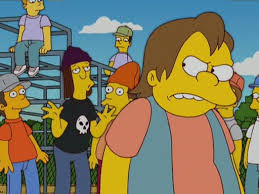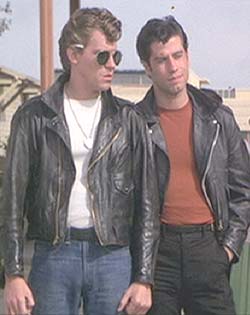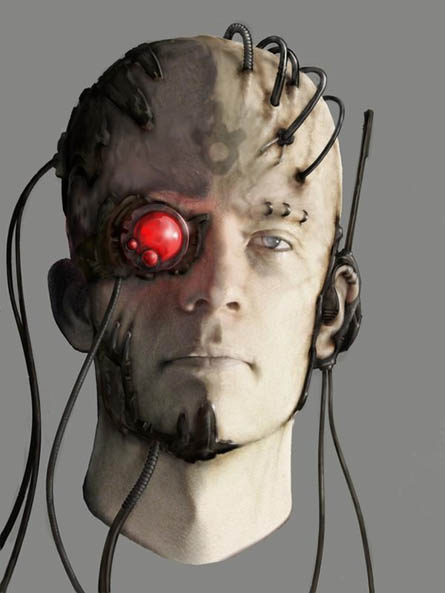
While listening to old music or watching antique cartoons I have noticed that certain locations, once visited with great enthusiasm and spoken about wistfully, are no longer talked about and are never the subject of wanderlust romances.
Is that the Chattanooga choo-choo?
When Glenn Miller and the Modernaires performed this song they broke down the journey like the happy antithesis of Dante. The narrator is telling the listener what to expect on their journey from Penn station to Tennessee and one has the image of some freshly scrubbed yokel, bending his ear to take it all in, eager for every small, banal detail.
What about that gal in Kalamazoo?
Does anybody, guy or gal, live in Kalamazoo, Michigan anymore? Perhaps it was the “swing city” in the way Kiss made Detroit “rock city.” Perhaps the song writers (Mack Gordon and Harry Warren) just thought Kalamazoo was just too absurd a name not to write a song about.
Then there is New England. When was the last time anyone dreamily cooed to their loved one about the moonlight in Vermont or falling in love with old Cape Cod? It is hard to get the image - big maple trees and a moon, perhaps a lake. Evidently the later must have meant more than chowder and a drink made with cranberry juice and vodka (a personal favorite) to those who lived in the era when the songs were popular.
I want to speak with someone who danced to the tunes when the tunes were fresh. When I listen to the songs I imagine there must have been a longing in those bobby-sock hearts for some hidden Halcyon or a great American Shangri-La. Those young urbanites and mid-westerners would fork out their cash for those thick, hard 10" records played at 78 rpm, or at least spend hours waiting to hear those songs on the various live ballroom radio shows.
Bugs Bunny was always going on about the wrong left turn he made on his numerous excursions to the mythic land of Pismo Beach. (Always the mal-diversion was at the decidedly uneuphonious Albuquerque.) The lure was strong enough that his mortal enemy Daffy Duck went along for the ride on at least one occasion ("Brother…what a way for a duck to travel…underground!"). Was it the promise of clams? Did the rabbit golf?
Bugs would have been better off taking Route 66. This now moribund highway is not only a 20th century legend it spawned an even more legendary song that, like Chattanooga Choo-choo, takes the listener on an aural adventure into fabled lands with mid-century American enthusiasm. Plan to motor west? And who doesn't motor? I love the verb of it…it puts action back into the now tedious activity of driving. Which would you rather do, drive or motor? No one “gets kicks” anymore, not since Joe Friday arrested those glue sniffers.
No one kicks anything anymore. Not even bad habits.
And that mother road, where does it go? They were the ports-of-call of the new interstate voyagers: St. Louie, Oklahoma City, Gallup, Flagstaff, Winona, Kingman (no idea. Is it near Gorman?), Barstow, San Bernardino (I suppose Bobby Troupe could have used San Berdo, as we locals sometimes call that no mans land east of LA but the proper name sings so great!). These places must have seemed like new frontier, terra incognito, to young, impressionable minds. But this was a time when travel and leisure were first being made available to the average Joe and Jane. Your car could take you places and so could that big, beautiful train (ah, there's an American romance. If you listen to baseball players playing jazz on a cross country train trip then you have witness the real melting pot).
The lands were settled and the cowboys and Indians had all settled down and opened hospitality lodges, motor hotels, and road side cafes. The consumer takes his pleasure on the road the siren that calls him sings travel my way.
What happened to those destinations? They exist as proper nouns, not fantasies. Bugs Bunny doesn’t dig those burgs any longer. Curiosity was killed by Kerouac and Hunter Thompson pricking the sunny, Howard Johnson placemat of suburban fantasy with hypodermic needles. The best the post-moderns could do? A teeny-bopper Brit named Kim Wilde waxing paranoid about “East California” in the false tension of her New Wave hit “Kids in America.” A place just became someplace. Close enough. Good enough.
Someone got thrown under the choo-choo. The starving hobos dined on rabbit and duck.








